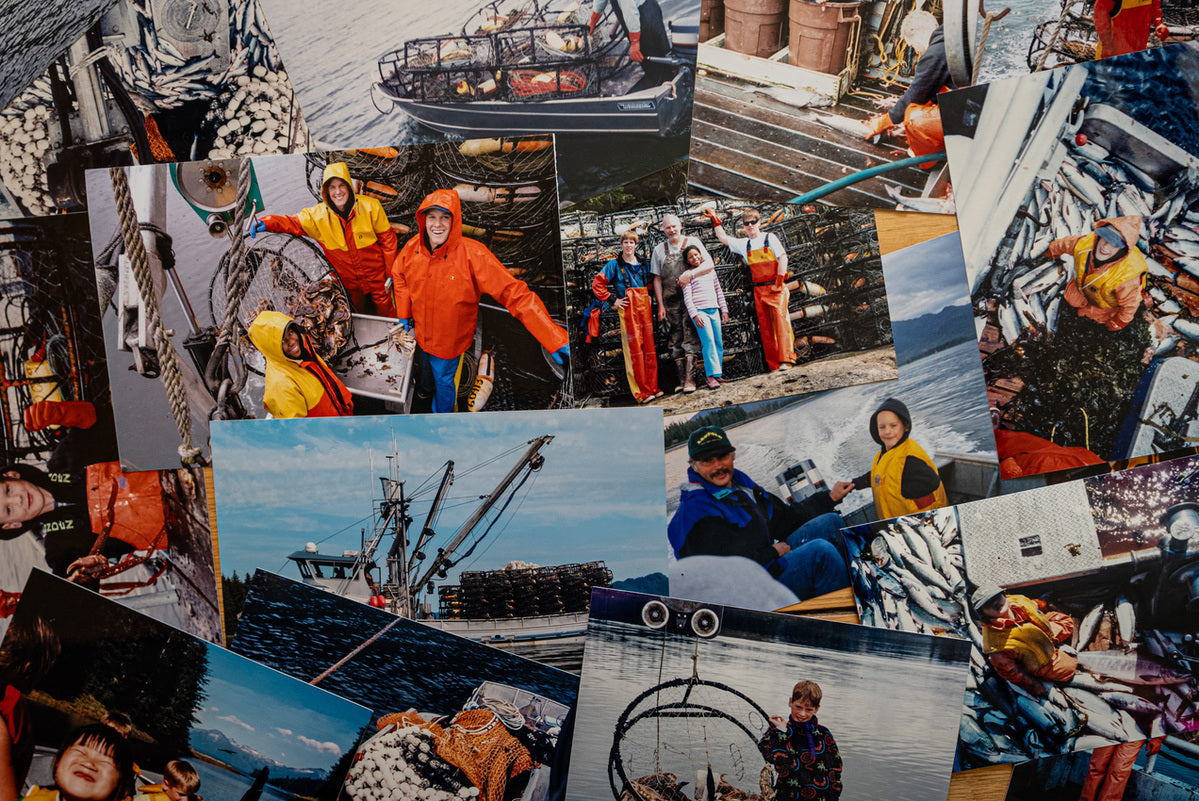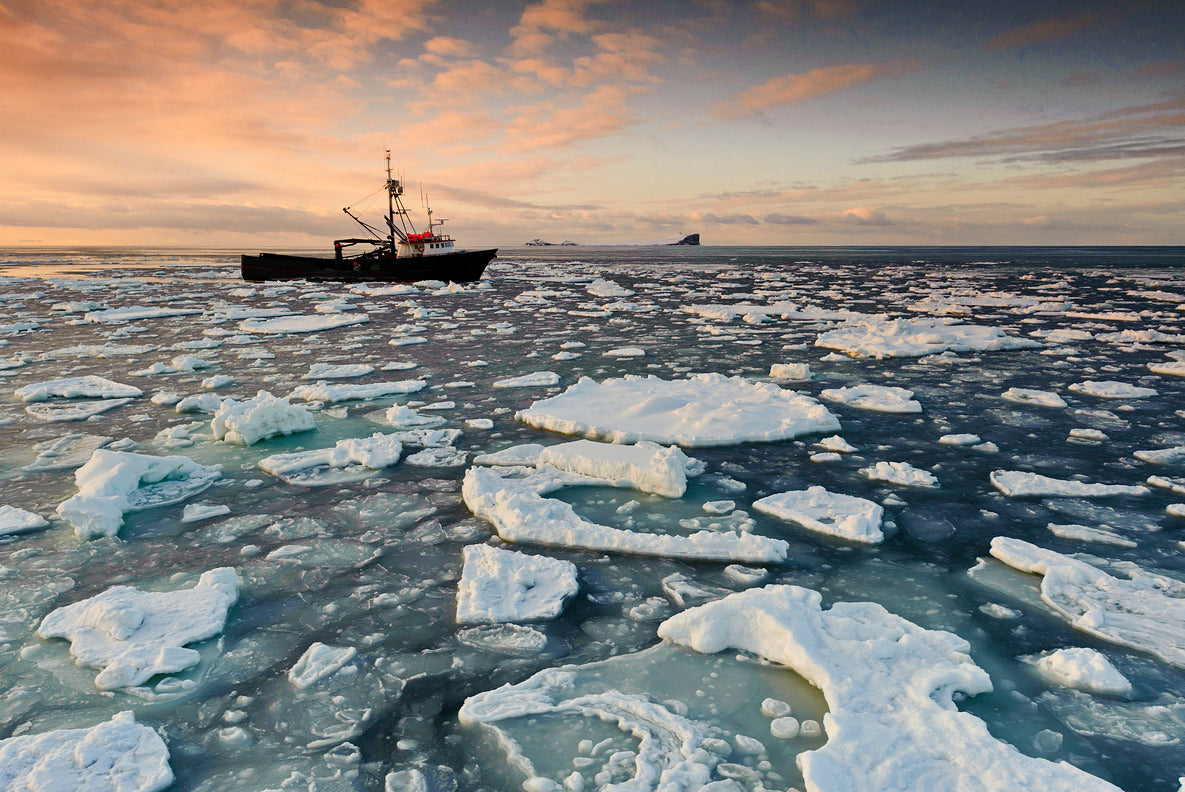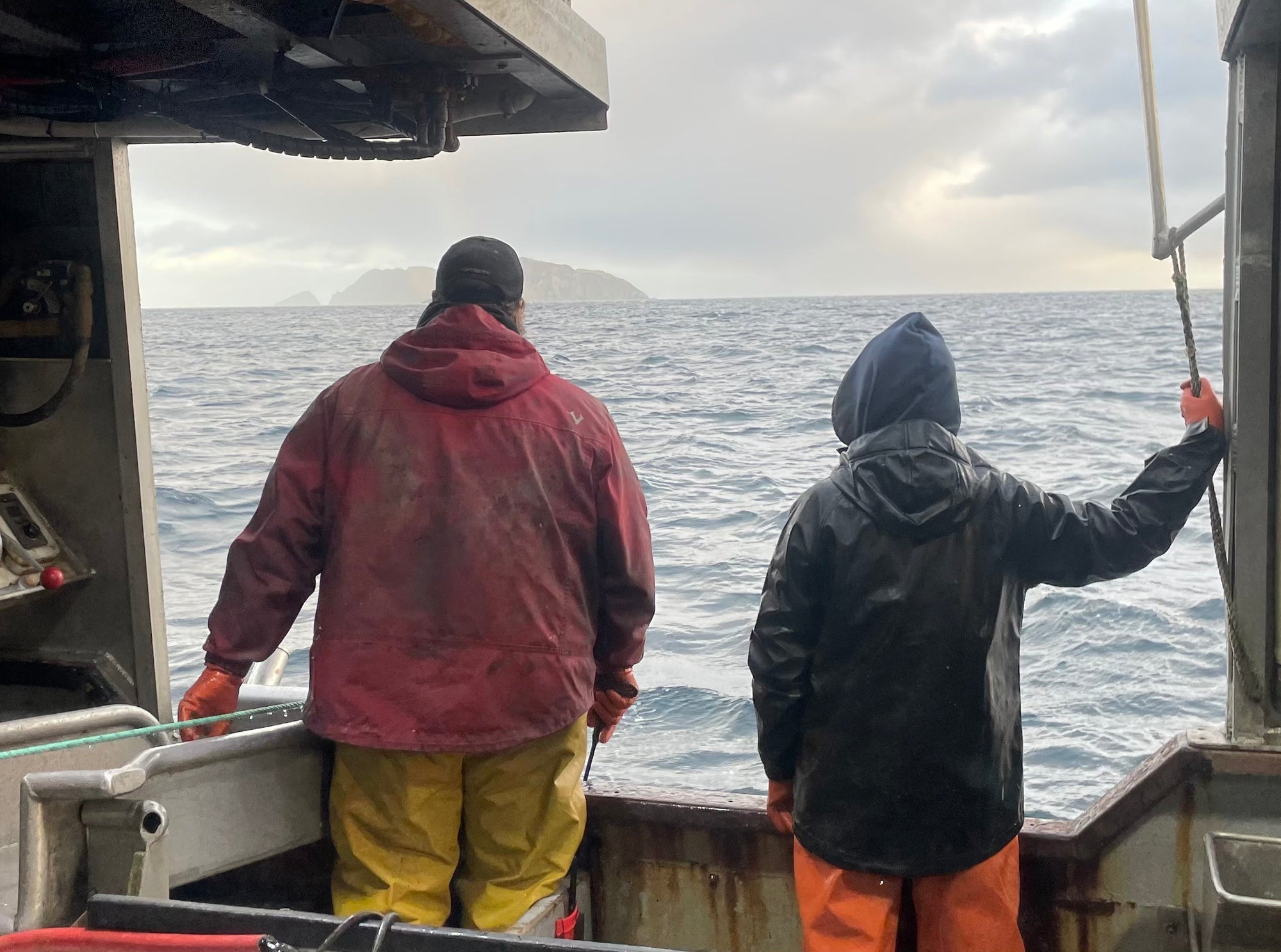On April 2, 2025, President Donald Trump announced sweeping new tariffs that could have a major impact on the global seafood industry. These include a blanket 10% tariff on all imports and much steeper, country-specific tariffs based on trade imbalances — such as 46% on Vietnam, 34% on China, and 36% on Thailand. For an industry where imported seafood accounts for over 70% of what Americans consume, these changes are significant.
At Premier Catch, we proudly source and sell only wild, sustainably caught seafood from the U.S. — from the icy waters of Alaska to the coastlines of the Pacific Northwest. So, you might be wondering: if we don’t import seafood, why does this matter?
Here’s how these new tariffs could still have ripple effects across our business and the broader industry.
Tariffs at a Glance
According to SeafoodSource, these country-specific tariffs are meant to address trade deficits. For seafood, they impact major importers of farmed shrimp, salmon, and other species — like India, Indonesia, Vietnam, and China. Products like frozen shrimp, tilapia, and pangasius are likely to see the sharpest price hikes.
Countries with minimal tariffs, like Ecuador (10%) and Argentina (0%), may become more competitive — reshaping global sourcing and pricing strategies almost overnight.
Why This Matters for Premier Catch Customers
Even though Premier Catch doesn’t import seafood, our suppliers and industry partners in Alaska and the Pacific Northwest exist within the same supply chain ecosystem as companies that do. Here’s what we’re watching:
-
Market Pressure on U.S. Supply: As tariffs drive up prices on imported seafood, domestic demand for wild U.S. seafood (like the halibut, salmon, crab, and scallops we sell) could rise. That may tighten availability or increase prices — especially during peak seasons.
-
Disruption for Mixed-Source Suppliers: Some domestic processors and distributors work with both U.S. and imported seafood. Tariff-related uncertainty could affect processing schedules, logistics, and pricing — even for wild U.S. seafood.
-
Changing Consumer Behavior: If overall seafood prices rise across the board, some consumers might shift away from seafood entirely, or switch to cheaper proteins. That could affect demand industry-wide — even for premium, high-quality options like ours.
What Won’t Change at Premier Catch
While we’re keeping a close eye on these global dynamics, our mission remains the same: to deliver premium, wild, U.S.-caught seafood straight to your doorstep. We work directly with fishermen and trusted partners to ensure quality, sustainability, and transparency in everything we offer.
We believe now — more than ever — is the time to support U.S. seafood. By choosing wild-caught seafood from American waters, you’re investing in sustainable fishing practices, coastal communities, and greater food security.
Stay Informed and Eat Wild
Whether you're new to wild seafood or a longtime Premier Catch customer, we’ll keep you in the loop on how shifting trade policies could affect the industry. And no matter what, we'll continue to source seafood you can feel good about feeding your family.
If you have questions about how these changes could affect your favorite products — or want help stocking your freezer — we’re here to help. Reach out anytime at hello@premiercatch.com
Sources:
-
SeafoodSource – Trump’s Latest Tariff Order Hits Billions in U.S. Seafood Imports
-
Undercurrent News – Ecuador Gets Off Light, Asian Shrimp Suppliers Hit Hard
-
Fish Farming Expert – Tariffs Will Shift Global Market Dynamics
-
Shrimp Insights – Tariffs May Reshape Shrimp Trade Landscape
Photo Credit:
Alaska Seafood Marketing Institute


